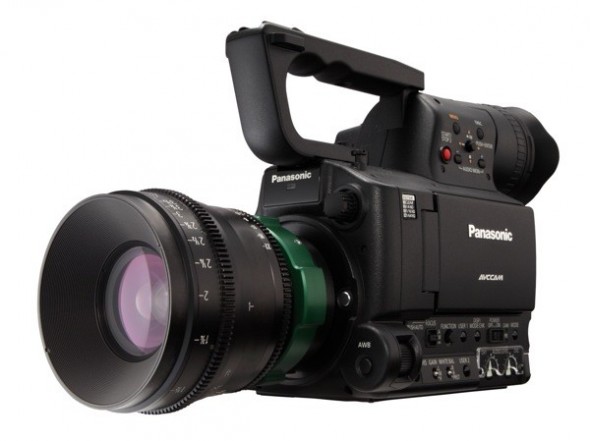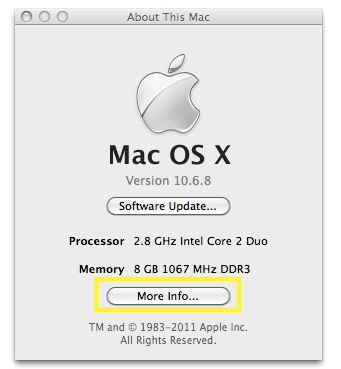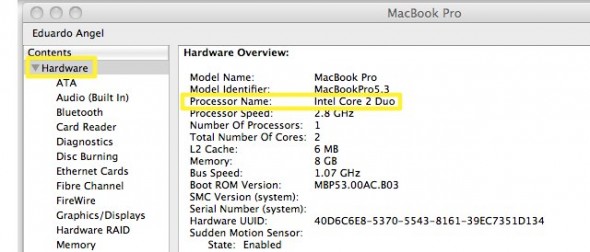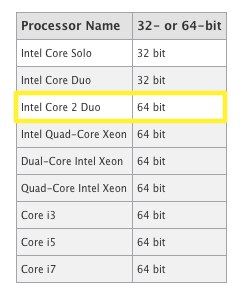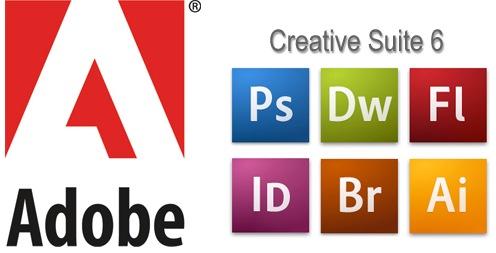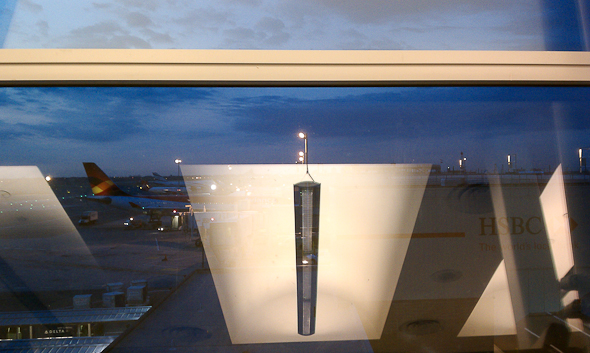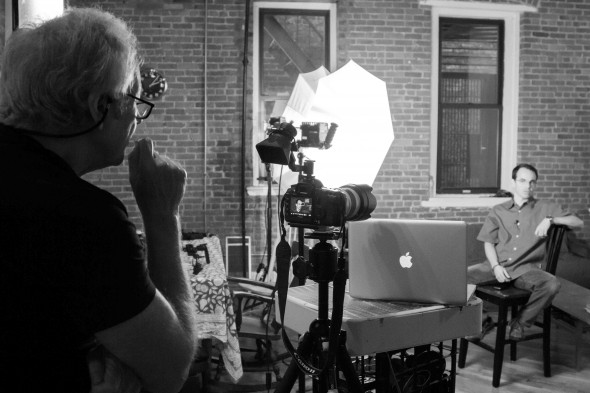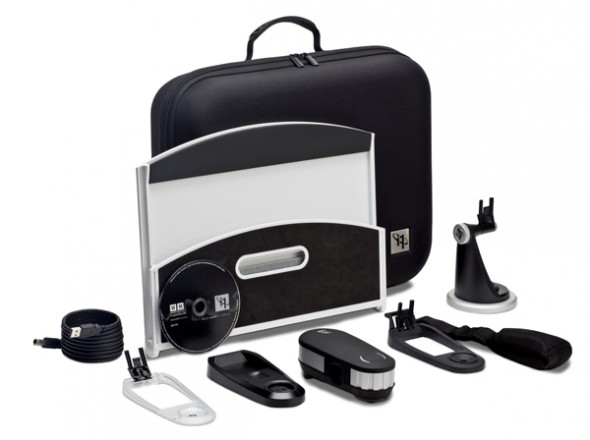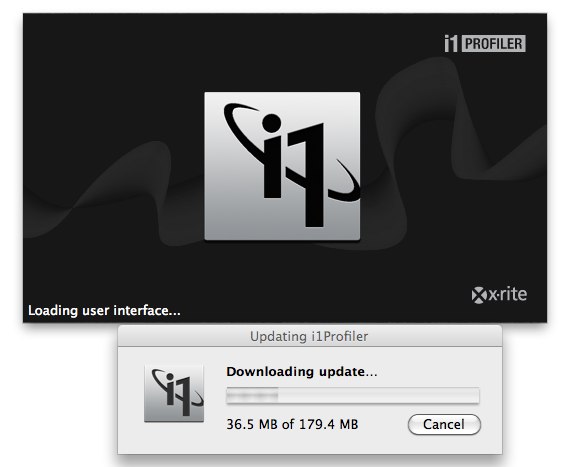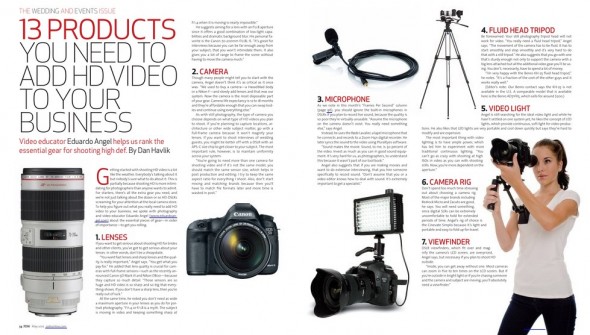Video
Canon’s Light Leak Issue.
A few days ago Canon confirmed the light leak issue in the 5D Mark III: “In extremely dark environments, if the LCD panel illuminates, the displayed exposure value may change as a result of the AE sensor’s detection of light from the LCD panel. Canon is now examining the countermeasures and once the countermeasures are decided, we will post the information on our Web site.”
This issue is somewhat serious because I doubt it can be fixed via firmware. It is unclear right now if it is affecting the entire production (which would be a major design flaw) or a localized manufacturing problem. Some dealers are reporting that shipments to Canada and the UK have stopped in the past few days, which seems to be either a recall or that Canon is being extra careful.
In reality, the leak will change about 1/3 of a stop from what the camera considers the “proper” exposure. With the high dynamic range that RAW files deliver nowadays I believe the issue is being push a bit too far. Of course I’d be pissed paying $3,500 for a camera with issues, but technically speaking, I would not stop using it if I had it.
UPDATED: Yesterday Canon had this to say:
“Based on the results of extensive testing this change in exposure value will not noticeably affect the captured image. Affected Product Canon EOS 5D Mark III Digital SLR Cameras whose sixth digit in the serial number is 1 or 2 are affected.
For example,“xxxxx1xxxxxx” or “xxxxx2xxxxxx” ([x] represents any optional number.)”click here to keep reading (more…)
Photography
Video
Hello Google Drive, bye bye Dropbox?
UPDATED 20141027: Dropbox fights back. Starting now, Dropbox has considerably dropped the monthly price, effectively matching the best offer in town, Google. Now both services cost only $10/month for 1TB (1,000GB). wow….
Why is Google Drive so cool, you might ask. Well, so it happens that you get 5GB for free and you can get up to 100GB. Dropbox offers only 2GB for free. Is that enough to switch? Let’s see what Google has to say about the new service:
Create and collaborate. Google Docs is built right into Google Drive, so you can work with others in real-time on documents, spreadsheets and presentations. Once you choose to share content with others, you can add and reply to comments on anything (PDF, image, video file, etc.) and receive notifications when other people comment on shared items.
Store everything safely and access it anywhere (especially while on the go). All your stuff is just… there. You can access your stuff from anywhere—on the web, in your home, at the office, while running errands and from all of your devices.
Search everything. Search by keyword and filter by file type, owner and more. Drive can even recognize text in scanned documents using Optical Character Recognition (OCR) technology. Let’s say you upload a scanned image of an old newspaper clipping. You can search for a word from the text of the actual article. We also use image recognition so that if you drag and drop photos from your Grand Canyon trip into Drive, you can later search for [grand canyon] and photos of its gorges should pop up. This technology is still in its early stages, and we expect it to get better over time.
I use Google Drive on Mac, my Android tablet and my Android phone and everything is working REALLY smoothly. A PC version is already available, and Google says that the iOS version will be “coming soon.” You can download the app here and here.
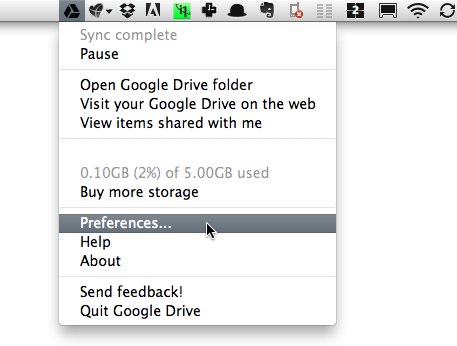 I have been using Dropbox for a long time and I’ve been pretty happy. But it only gets you 2GB for free, the system is confusing for most people who move the file thinking that they are copying it, the notification system (when someone adds or removes an item) sucks and does not have OCR technology.
I have been using Dropbox for a long time and I’ve been pretty happy. But it only gets you 2GB for free, the system is confusing for most people who move the file thinking that they are copying it, the notification system (when someone adds or removes an item) sucks and does not have OCR technology.
click here to keep reading (more…)
Video
NAB 2012 wrap-up.
• Blackmagic announced a hard-to-believe camera featuring a 2.5K image sensor, 13 stops of dynamic range, built-in SSD recorder, popular open standard uncompressed RAW and compressed file formats, compatibility with quality EF and ZF mount lenses, and LCD touchscreen monitoring.
• Adobe Premiere Pro CS6 is out with and enhanced 64-bit playback engine that can handle 5K resolutions, and higher, new trimming options, compatibility with Mac touchpad gestures, a Warp Stabilizer that was previously confined to After Effects, and expanded multicam editing for more than four cameras. Taking a page from its sister app, “the audio oriented Audition, Premiere Pro CS6 offers a redesigned and more functional audio mixer. Adobe also introduced SpeedGrade, a film finishing and color grading app, and Prelude, for ingesting, logging, and transcoding.
• Autodesk announced Smoke 2013 for the Mac, a new version of what the company is now calling video editing software and at users of Apple’s Final Cut Pro or Avid Media Composer who want high-end editing and finishing tools in one app. The new price is “only” $3495, down from $14,995 for the 2012 version.
• Panasonic announced a bittersweet firmware update for the AG-AF100 that provides 1080 50p and 60p modes. That’s the sweet part. The bitter? They want users to pay $300 for the upgrade.
• Canon announced the 1D C ($15,000), which has the same chassis and still shooting features of the EOS-1D X ($6,800), and captures 4096 x 2160 8-bit 4:2:2 video to a CF card at 24 fps. Unlike the X, the C swaps a headphone jack for the X’s PC sync.
• The higher-end Canon EOS C500 ($30,000) offers the same ISO range as the C300 (320-20,000) and requires a dedicated external recorder, but captures in two full-RAW flavors: 4096 x 2960 (for motion picture), and 3840 x 2160 (for 4K TV). Both of these modes offer 10-bit 4:4:4 at 60 frames-per-second. There are two additional RAW option, 4096 x 1080 or 3840 x 1080 resolutions, which are also 10-bit 4:4:4, but at 120 fps. The camera also offers
Video
32-bit or 64-bit – that is the question.
By popular demand, here’s the easiest way to tell if your Mac has a 32-bit or a 64-bit processor:
Step 1: Click on the Apple icon in the upper-left menu bar of your screen
Step 2:Click on “More Info”
Step 3:Under the “Hardware” section, locate the “Processor Name”
Step 4: Find your Processor on this chart to determine whether your Mac has a 32-bit or 64-bit processor.
Yay! We got a winner! Easy, right?
Video
Adobe Creative Suite 6: is your current system supported?
As part of Adobe’s Photoshop CS6 Public Beta announcement, the company said that it will continue to provide official support for Windows XP, and Windows 7, but will be dropping official support for Windows Vista. As you might know, Lightroom 4 is no longer officially supported on Windows XP. For Mac OX OS, Adobe is officially ending support for Macintosh systems that are not 64-bit capable. Premiere Pro CS6 requires Mac OS X v10.6.8 or v10.7, and Windows 7 with Service Pack 1, but it is not clear if Windows Vista and/or XP will be supported. We have been beta testing Premiere Pro CS6 for several months and I can tell you this: it is sweeeeet!!! Actually, most of our “Conversations with Friends” have been edited on CS6.
If you are just getting started with video and want to explore a video editing application, you could also consider Premiere Elements 10. Elements is a slightly less powerful, but still very capable version of Premiere Pro with an easier-to-use interface. It is important to know that Premiere Pro is a 64-bit only software and requires a computer with a 64-bit processor and 64-bit operating system. Premiere Elements 10 includes both 32-bit and 64-bit versions to run on both systems, but the 32-bit version won’t be able to access more than 4 GB of RAM. The same is true for the old Final Cut Pro 7 and older.
If you are curious about which NVIDIA graphics cards are better for Adobe’s CS6 Suite, go here.
Tomorrow we will show the quick and easy way to tell if your Mac has a 32-bit or a 64-bit processor.
Questions? Comments? Please post them below.
Photography
Visual Serendipity.
Serendipity: noun; the occurrence and development of events by chance in a happy or beneficial way.
One of the many things I love about traveling is that I start seeing things differently, simple objects become spectacular sculptures, every day activities are suddenly fresh and attractive, and even airport lounges (below at JFK International Terminal) at dusk offer exciting visual challenges and new opportunities.
One of my favorite photo books is “Learning to See Creatively” by Bryan Peterson. I have been using this book for over 10 years, and every time feels more current.
Video
Video Essentials and Video Editing for photographers at SVA.
PDN Magazine recently published what we consider the “13 Products you need to add HD Video to your business.” (You might need the password “tutorials” to download the file.) The article is also available on PDN’s May print issue. If you are new to the world of Video, this list is a great place to start.
During the summer we will be offering two new workshops at the School of Visual Arts (SVA) in New York City: a 2-day “Video Essentials for Photographers” and a 1-day “Video Editing for Photographers” using Adobe Premiere Pro. We hope to see you there!
Video
i1Profiler update: supports video standards!
X-Rite released an update of i1Profiler, its color management software. Some of the new features are nice (new paper sizes, White point editing, and i1Pro 2 spectrophotometer added support for monitor, projector, and printer profiling). Some are kinda weird (like added Russian language support…)
There are 3 new flavors: i1 Basic Pro 2, i1 Photo Pro 2, and i1 Publish Pro 2. Check the links and the video below to go over all the new features and specs.
The new feature that really got my attention (and should get yours!) is the new Broadcast video standards support: NTSC, PAL SECAM, and Rec. 709 (or ITU-R Rec.BT.709 for the ultra geeks). More about this on an upcoming post.
If you already have i1Profiler software simply open up the software for a free update to v 1.3.1.The process could not be simpler; it is literally one, two and three.
Step 1: Check your current version. For example, my client had v 1.2.0 which is several months old.
Step 2: Download and install the update.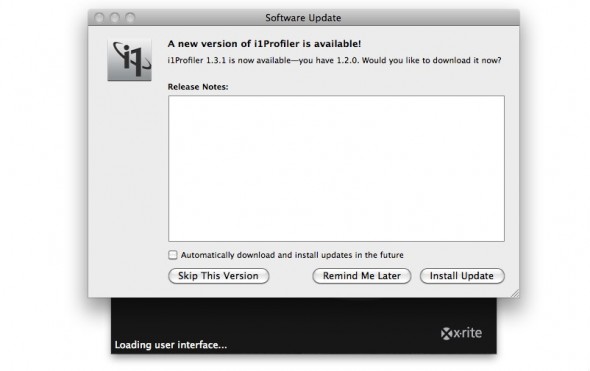
Step 3: Click install and relaunch, and verify that you are running the newest software.
Done and done.
Keep in mind that Apple Mac OS X 10.7 Lion no longer supports software that relies on Rosetta, which affects X-Rite’s legacy apps like i1Match, ProfileMaker and MonacoPROFILER. But don’t worry, the current i1Profiler and ColorMunki software does NOT rely on Rosetta and is fully compatible with Mac OS X 10.5.8, 10.6 and 10.7.
Don’t forget to check our previous related articles on “Five Tips to Consider When Evaluating Prints” and “How to Develop a Highly Productive Printing Workflow in 13 Steps.”
If you have specific questions or want to learn more, we are now offering virtual one-on-one sessions to give you customized solutions and personalized training no matter where you are in the world. Sign up now!
Video
The Business of Photography. Upcoming SCAD’s Silver & Ink events.
The Savannah School of Art and Design (SCAD) recently held a Photo Exhibition open to all undergraduate and graduate photography majors or minors who are/were enrolled as full-time or part-time students during the 2011-12 academic year at any SCAD location (Savannah, Atlanta, Hong Kong or eLearning). Each student submitted up to three entries from all different genres: fine art, commercial, product, editorial, documentary, alternative processes, new media/experimental, and 2D/3D mixed media. Over 750 entries were received!
Later this month, we have been invited to join the reviewer’s panel at the opening reception, and be part of the photographic review taking place April 26th through the 28th. Lauren Wendle, VP and Publisher of PDN Photo District News will also be there to share her always relevant views on the photo industry. Other speakers include Chicago artist photographer Terry Evans, Michael Itkoff, founding editor of Daylight Magazine, and Finnish-American photographer Arno Rafael Minkkinen.
On Friday April 27th, we will be talking about “The Business of Photography” covering topics like marketing and self-promotion, building a client base, and working on assignment. The panelists featured in PDN’s 30th issue, will share how they got to where they are today, what they learned in school, what they wish they had been taught, and will provide advice for students who are heading into the professional photographic industry.
I am always excited to see such a variety of new student work. We see so many different trends in photography whether in commercial advertisements, editorial magazines, fine art, or documentary work. Students are aware of those trends, but they are still experimenting and finding out who they truly are as photographers. Their body of work shows a progression and gives us a brief view of where contemporary photographic imagery is heading. This panel discussion will help the students answer questions about their future career as artists and professional photographers. Creativity and technical skills are always required, but business skills are paramount in order to be successful in our extremely competitive industry.
More information is provided on Scad’s Photo Blog.
Photography
Visual Serendipity.
Serendipity: noun; the occurrence and development of events by chance in a happy or beneficial way.
The Cocora Valley is located in the Central Cordillera of the Andean mountains in Colombia. According to local legends, “Cocora” was the name of a Quimbayan princess, daughter of the local chief Acaime, and means “star of water”. The Valley is the principal location of the national tree and symbol of Colombia, the Quindío wax palm, as well as a wide variety of other flora and fauna protected under the Park’s national status. The valley and the nearby town of Salento are among the most popular tourist destinations in the country.
Video
Reliable RAID Systems, an overview.
Professional photographers and filmmakers, are always (and should be) concerned with storage devices, such as hard drives to create reliable backups and efficient workflows. All hard drives will fail eventually, that is why using RAID (Redundant Array of Inexpensive Disks) systems is often our recommended strategy. A RAID is a set of connected hard drives designed to store digital files and information in a much more reliable manner. Most current RAID units can also monitor a Hard Drives’ system health, fan, and power supply and warn users when there’s a potential failure.
There are several different levels at which a RAID system can be configured. In the photo and video industry, we generally use RAID levels 0, 1, 5, and 6. One way to remember them is: Fastest (0), Mirror (1), Safe (5), and Safest (6).
Interested in learning more about RAID systems? Then read this article we recently wrote for Canon’s Digital Learning Center to better understand how they work, their differences on performance, compatibility and size. Don’t wait until it’s too late to establish a good backup strategy! If you need help, don’t hesitate to contact us.
Video
Conversations with Friends.
For this week’s “Conversations with Friends,” (Episode 7), we continue our dialogue with Ted Kawalerski, professional photographer and director, about his own transition from still photography to documentary and corporate filmmaking, and the challenges involved.
Ted also shares more light on his upcoming Family Life Academy video project, located in the South Bronx in New York City as well as his views on retirement.
As always, please share with us your feedback and thoughts.
Video
Catching up with the coolest tech news. Summary.
I’ve been on the road for the past 2 weeks, with very limited internet access. Today, I finally had some time to catch up with the latest technology news (1683 articles and 268 emails). These are, in my opinion, the most interesting and relevant announcements:
• Filmmaker Jeff Desom took Alfred Hitchcock’s famous 1954 film “Rear Window” and turned it into a single panoramic time-lapse video.
Two years ago I set up my camera to take a picture every 15 seconds for 36 hour and edited 698 still images into a 29-second video.
• Recently I was interviewed by PDN about the “13 Products you need to add HD Video to your business.” Do you agree or disagree? Did we miss something? We would love to hear your comments below. The article is also available on PDN’s May print issue.
• Blurb posted a cool article about how we use the Book Module on Adobe Lightroom 4. If you are interested in exploring this option don’t miss one of our upcoming seminars. Here’s the sample book (about wine!) we created.
click here to continue (more…)





